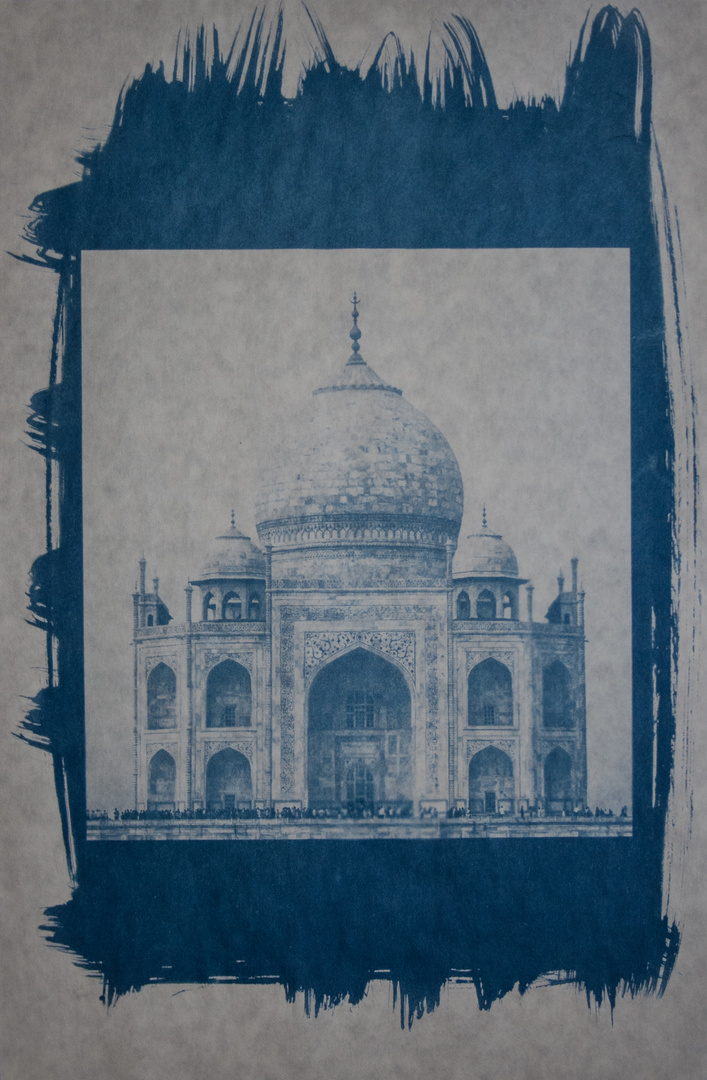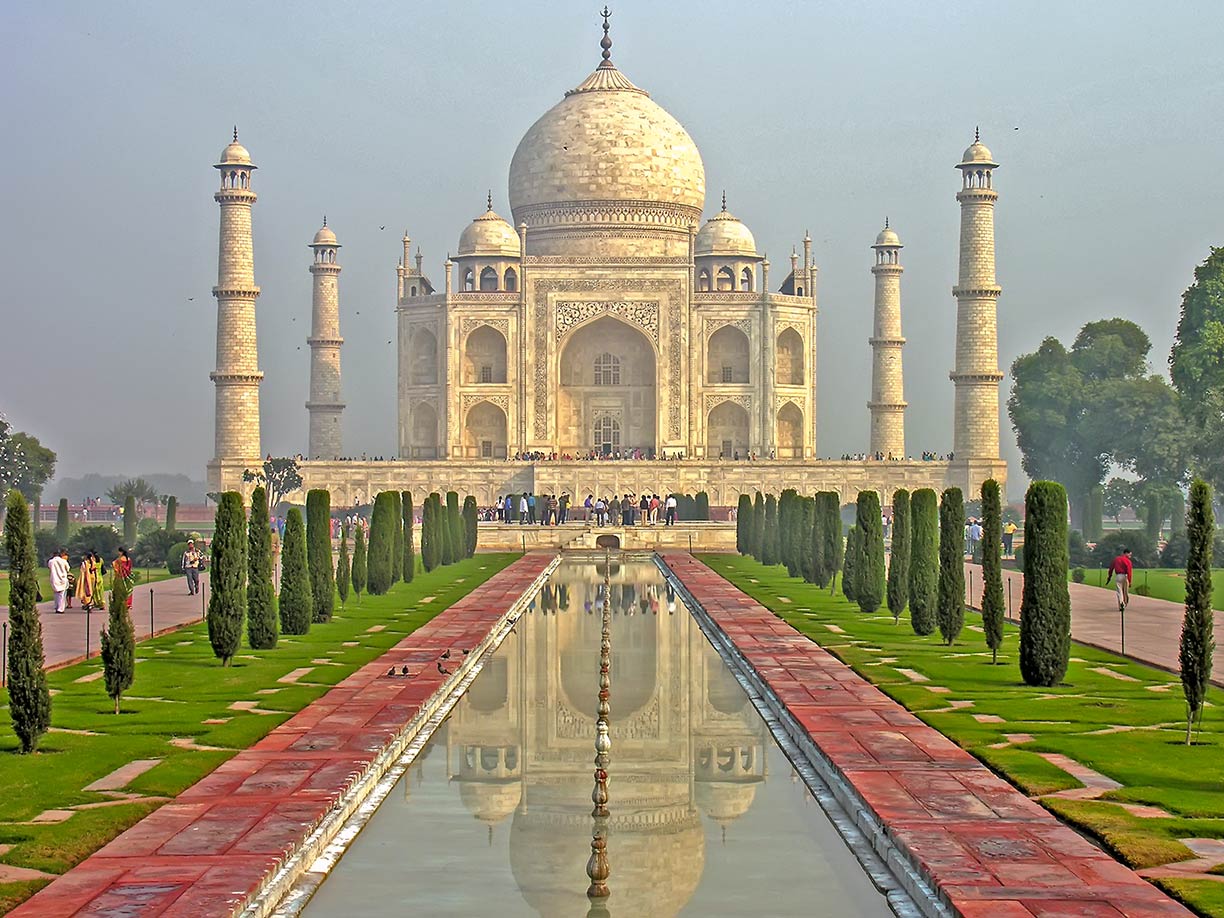Indisches Spezialitätenrestaurant Taj Mahal - Graz Things To Know Before You Buy

Excitement About TAJ MAHAL (Agra, India): full tour - YouTube
The lotus motif is duplicated on both the chattris and guldastas. The dome and chattris are topped by a gilded finial which blends conventional Persian and Hindustani decorative aspects. The primary finial was originally made of gold but was changed by a copy made of gilded bronze in the early 19th century.

The finial is topped by a moon, a typical Islamic theme whose horns point heavenward. The minarets, which are each more than 40 metres (130 ft) tall, display the designer's fondness for proportion. They were developed as working minarets a standard element of mosques, used by the muezzin to call the Islamic faithful to prayer.

5 Incredible Facts About the Iconic Taj Mahal in Agra, India

India: Taj Mahal′s tombs cleaned for first time in 300 years for Donald Trump - News - DW - 24.02.2020
Facts About Taj Mahal 10256 - Creator Expert - Buy online at the - LEGO Revealed
At the top of the tower is a final veranda prevailed over by a chattri that mirrors the design of those on the burial place. The chattris all share the same decorative elements of a lotus style topped by a gilded finial. The turrets were constructed somewhat outside of the plinth so that in the occasion of collapse, a typical event with numerous tall constructions of the period, the product from the towers would tend to fall away from the burial place.
As the surface area modifications, the decorations are fine-tuned proportionally. The decorative elements were produced by using paint, stucco, stone inlays or carvings. In line with the Islamic prohibition against the use of anthropomorphic kinds, the ornamental components can be grouped into either calligraphy, abstract types or vegetative motifs. Throughout the complex are passages from the Qur'an that make up a few of the decorative components.
The Ultimate Guide To Taj Mahal - Wikipedia
The calligraphy on the Great Gate checks out "O Soul, thou art at rest. Return to the Lord at peace with Him, and He at peace with you." Found Here was created in 1609 by a calligrapher named Abdul Haq. Shah Jahan gave the title of "Amanat Khan" upon him as a benefit for his "dazzling virtuosity".
Greater panels are composed in slightly larger script to lower the skewing effect when viewed from below. The calligraphy discovered on the marble cenotaphs in the tomb is particularly detailed and fragile. [] Abstract forms are utilized throughout, especially in the plinth, minarets, entrance, mosque, jawab and, to a lower extent, on the surfaces of the tomb.
